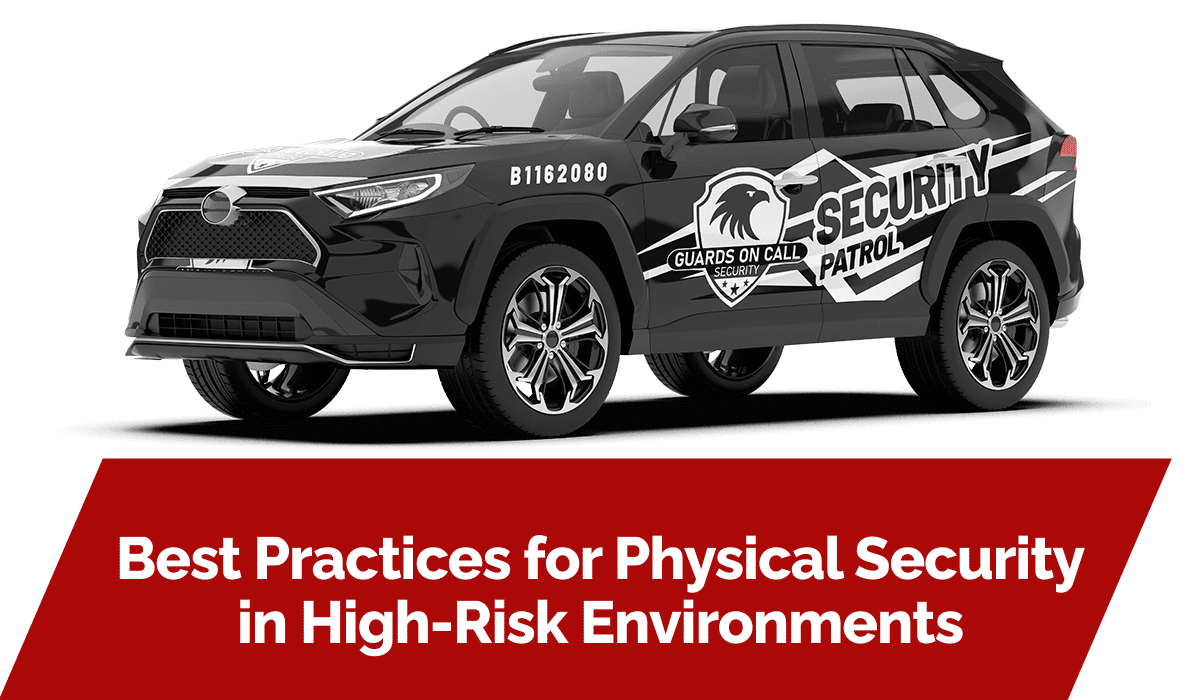In today’s world, ensuring physical security in high-risk environments is more crucial than ever. Organizations, whether private or public, must prioritize the physical safety of their locations to protect personnel, resources, and other valuable assets. Here, we dive into the best practices for implementing physical security measures in these high-risk environments.
The Importance of Layered Security
Layered security is a fundamental principle in physical security planning. It involves deploying multiple security measures to create a robust security system. The idea is to have several obstacles that would deter, delay or detect an adversary, thus reducing the probability of a successful attack. The components of layered security might include fences, surveillance cameras, security staff, alarm systems, and more.
Assessing Risks and Threats
Understanding the specific risks and threats faced by your organization is a vital step in physical security planning. This assessment should be carried out by professionals who understand the latest threats and vulnerabilities and can suggest measures tailored to your situation. It might involve investigating potential threats from insiders, external adversaries, or even natural disasters.
Implementing Security Controls
Once risks and threats have been identified, security controls must be implemented. These should align with the assessed risks and may range from securing entrances and exits to installing advanced surveillance systems.
Securing Physical Access Points
Controlling who can access the facilities is a foremost measure in physical security. Access can be controlled through methods such as employing security staff, using electronic card readers, or implementing biometric access controls.
Installation of Surveillance Systems
Surveillance systems play a crucial role in monitoring activities in and around the premises. Modern systems offer features like motion detection, night vision, and live footage access, which can significantly enhance your security apparatus.
Frequently Asked Questions
-
What is a high-risk environment?
A high-risk environment refers to any area or location that is likely to be targeted by malicious individuals or groups due to the presence of valuable assets or for other reasons.
-
Why is physical security important?
Physical security is crucial for protecting personnel, properties, and assets, reducing the likelihood of theft or damages, and ensuring a safe working environment.
-
What is layered security?
Layered security is a strategic approach where multiple security defenses are deployed across different points of a network or location, providing added safety levels and reducing the chances of a successful attack.
Conclusion
Establishing a comprehensive physical security plan in high-risk environments is not just desirable but also critical for any organization’s safety and resilience. With a carefully assessed risk profile and strategically implemented controls, a powerful layer of defense can be built to protect against threats. Physical security best practices can significantly contribute to the well-being of an organization, its people, and assets.


